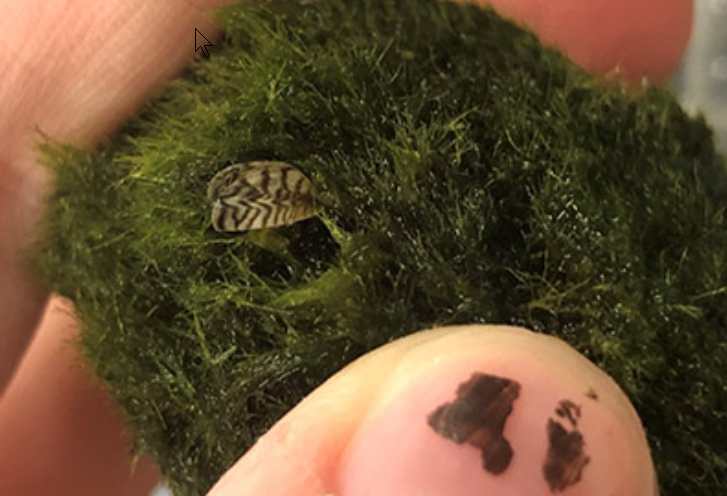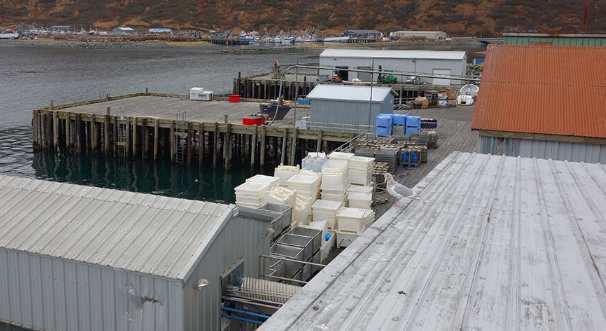Anchorage, AK –Pilots landing CAP floatplanes or their personal aircraft on water ways are vigilant to check the surface for boats, logs, sandbars, and other impediments to safety. Now, Southcentral Alaskan lakes have a new hazard to avoid: ELODEA.
Pilots are encouraged to be attentive to Emergency Order 2-NP-2-16-19 (https://www.adfg.alaska.gov/Static-sf/EONR/PDFs/2019/R2/EO%202-NP-2-16-19%20Alexander_final.pdf) regarding the water bodies where they may consider landing or even doing touch and go’s. According to the Department of Natural Resources website (http://dnr.alaska.gov/ag/ag_Elodea.htm), Elodea is an aquatic plant that has demonstrated an ability to quickly increase bio-mass, forming a thick mat on the water’s surface. It is dangerous to planes, wildlife, and swimmers (including pets). Small fragments of elodea can cling to a plane’s rudders to be transported to subsequent bodies of water to which the plane flies.
CAP Lt Col Al Senese warns that amphibian aircraft are particularly vulnerable to transporting the malicious plant, since the wheels retract, grabbing and then hiding the plant material out of view. For all of these reasons, pilots should avoid lakes infested with this invasive plant.
[content id=”79272″]
When the fast-growing elodea was discovered at Lake Hood (the busiest sea plane base in the country), the Department of Natural Resources (DNR) quickly dreaded the speed with which air taxis and private planes could transport little fragments of the plant’s root and stem that could initiate future infestations all over the state. Successful eradication efforts in four Anchorage lakes (including Lake Hood) and five lakes on the Kenai Peninsula have been completed in the last few years. Unfortunately, this wily survivor has spread to other water bodies in Alaska.
This year, Alexander and the adjacent Sucker Lakes, in the Matanuska-Susitna Valley near Willow, are CLOSED to sport fishing until October 31, 2019 as the DNR continues work on a mitigation effort.
Why marshal such resources on two remote, off-road lakes? Alexander Lake was one of the earliest sites for northern pike, contributing to an invasion that decimated fish populations, and ruined many guide and lodge businesses, as well as personal property values throughout the extensive regional network of impacted creeks and lakes. With that history in mind, the goal of this summer’s mitigation plan is to forestall a similarly devastating scourge by elodea.
Though northern pike are invasive in our region, pike fishing remains a popular activity at Alexander and Sucker Lakes. “The fishing closure is a blow,” admits Bob Pence, a home owner there. “But most of the property owners I have talked with here and on neighboring lakes are in favor of the state’s mitigation plan.”
Others agree. Ron Chan will not even let his dog swim in Alexander Lake anymore. He adds, “Taxiing into dense mats of elodea, I cannot even lower my rudders.”
Walt Nesbett of Sucker Lake has observed the impact on local wildlife. He watched beaver struggle and fail to drag logs through thick elodea in 2017. Last year, they abandoned two large dams to start anew in clearer water.
CAP Major Bryan Emerson, who documented the above testimonials, lives on a nearby lake and participated in the Alexander and Sucker Lakes Elodea Eradication Task Force, which is made up of regional homeowners and members of the Department of Natural Resources as well as other government entities.








